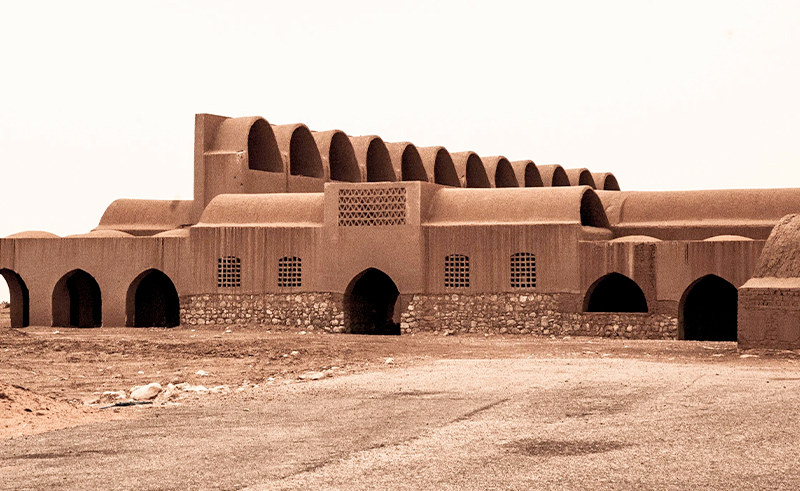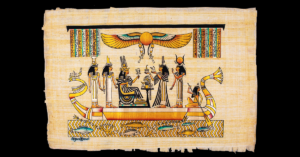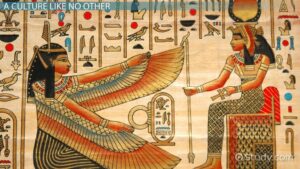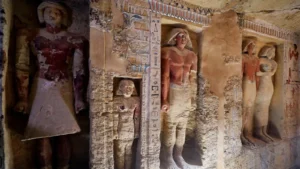New Gourna Village in the West Bank of Luxor
A Legacy of Sustainable Architecture
Designed by the pioneer of sustainable architecture, Hassan Fathy, the village of New Gourna in Luxor, or ancient Thebes, stands as a testament to innovative and eco-friendly building techniques. Commissioned by the Egyptian Department of Antiquities in 1945, Fathy’s goal was to utilize local materials and traditional methods to relocate Old Gourna. This community of amateur archaeologists had settled near ancient sites, inadvertently causing damage and looting at nearby Pharaonic locations. Fathy’s vision aimed to curtail these issues while promoting tourism development.
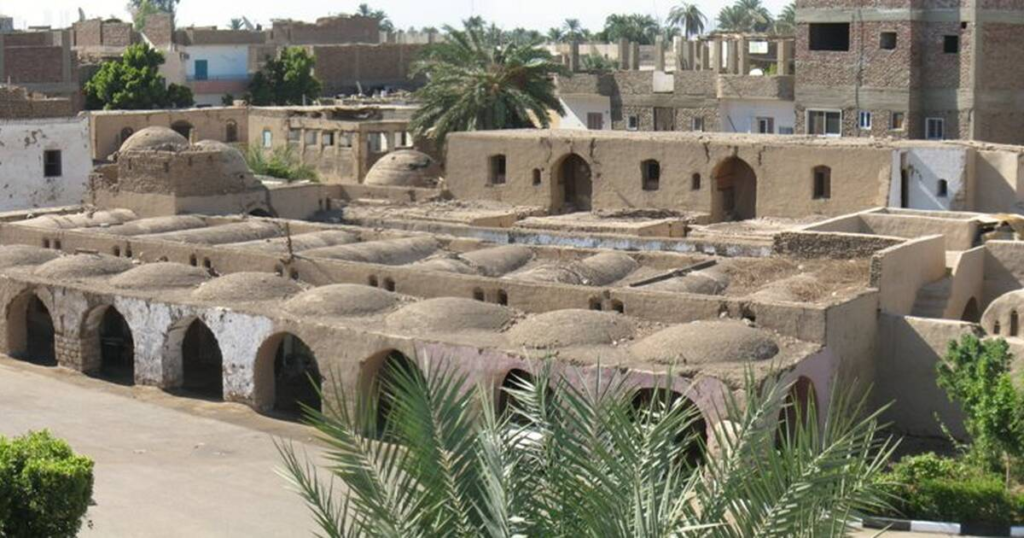
Challenges and Achievements
Despite the ambitious goals, only part of the project was realized due to political and financial complications, along with residents’ opposition to relocation. Nevertheless, New Gourna has endured as a vibrant living settlement, complete with housing and public facilities. However, it’s important to note that nearly 40 percent of the original buildings have been lost over time.
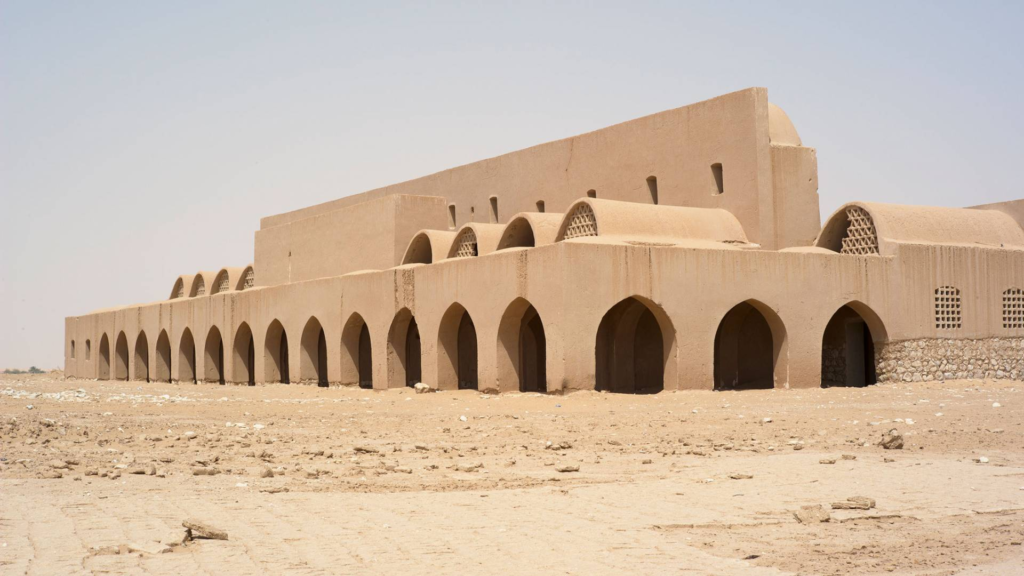
Recognition and Conservation Efforts
In 2010, New Gourna was recognized by the World Monuments Watch, leading to collaborative efforts by UNESCO and the World Monuments Fund (WMF). UNESCO conducted surveys to document conservation needs, while the WMF team engaged with over a third of New Gourna’s 174 households. Their research included analyzing environmental changes, usage of space, and adaptations to the buildings over time. The WMF also developed a community assessment to incorporate social and economic concerns into the planning and decision-making processes regarding the village’s future. These findings were published in a comprehensive report.
Hassan Fathy’s Vision
Hassan Fathy’s work has inspired architects and planners worldwide by merging traditional materials with modern architectural principles. His focus on empowering the poor through participatory design and construction processes is a central theme in his seminal work, “Architecture for the Poor.” Fathy’s innovative mixed-use plan for New Gourna remains a powerful and well-preserved element of the village, symbolizing his enduring legacy.
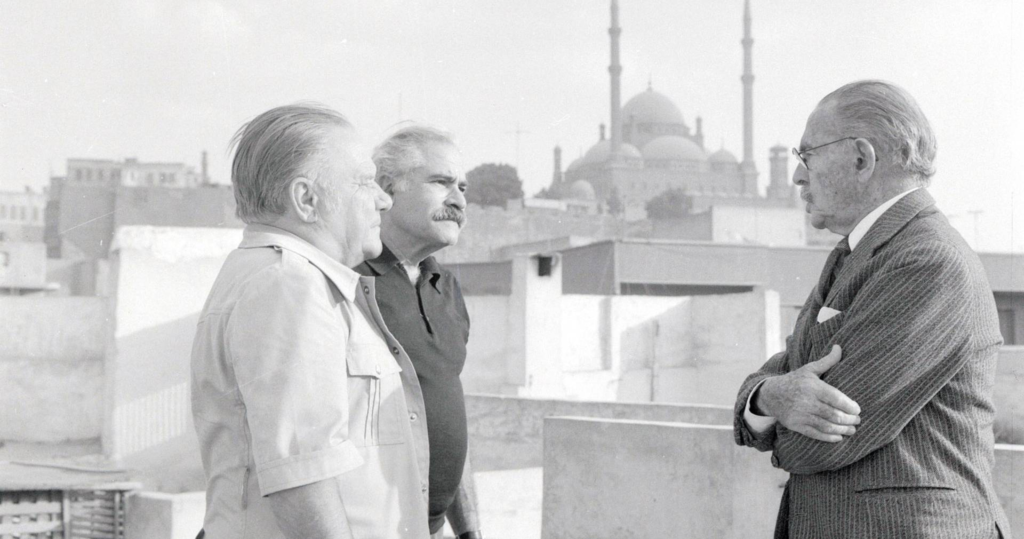
Contemporary Relevance
The ideas and methodologies introduced by Fathy and the evolution of New Gourna hold significant relevance for today’s environmental protection and urban growth challenges. His vision continues to influence sustainable architecture and community planning, demonstrating the potential for integrating traditional techniques with contemporary needs.

